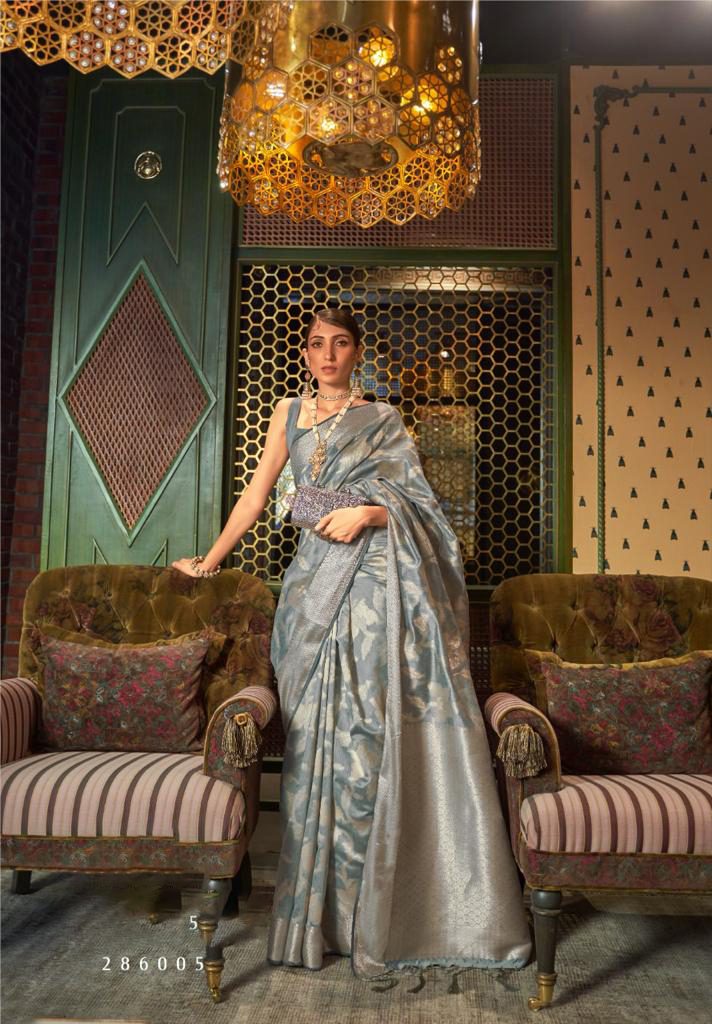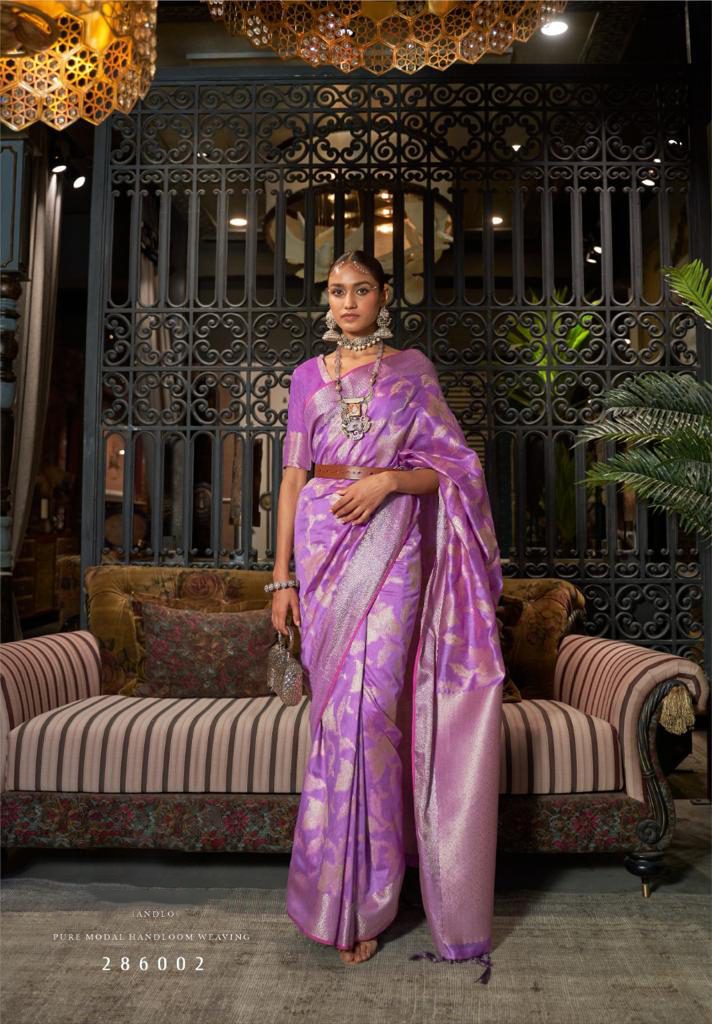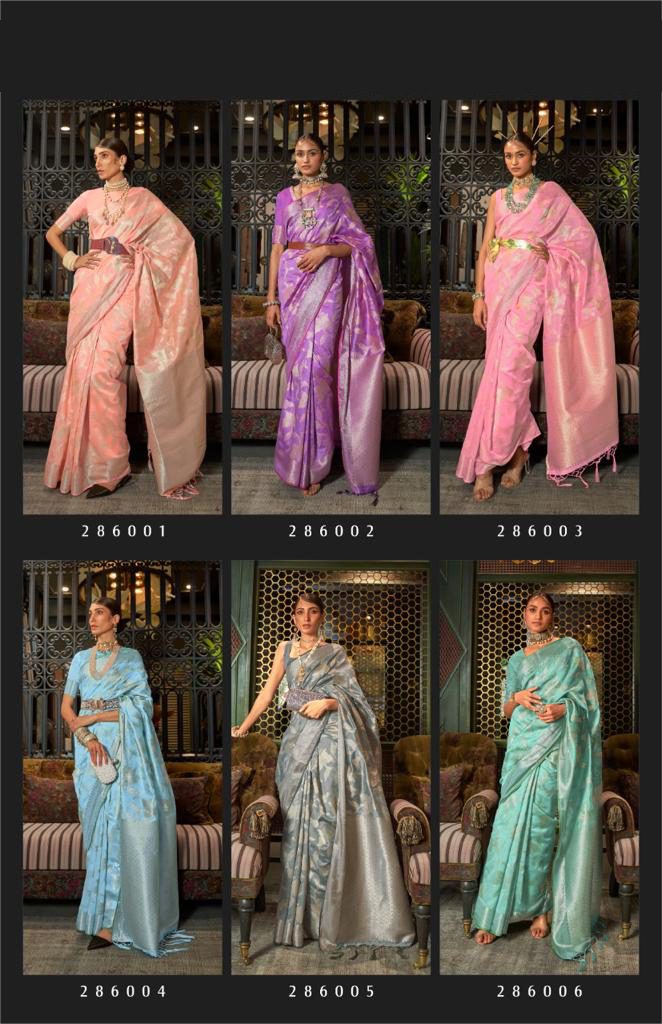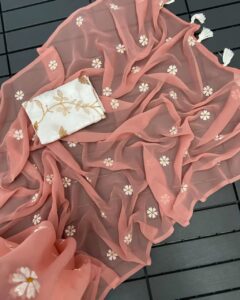Diwali is a festival of lights and one of the major occasions in India. It is a celebration of lights and sweets that brings joy and a sense of culture to every moment. Diwali is celebrated each year with the joy of decorating the houses, and adorning thyself with new dresses. Kurta is the is the traditional outfit worn by men while women adorn themselves in a variety of outfits like, lehengas, kurta-pajamas, dresses, and other designer sarees for Diwali. All these outfits accentuate beauty, to match the auspiciousness of Diwali.
Usually, the days prior to Diwali are spent in shopping the best designer sarees and dresses, to be worn on Diwali. Saree designs play an important role in the uplifting the beauty of the person wearing it. The more pronounced the design, the more richness is showcases. Regarding the clothing, we can observe a new line of designer sarees for Diwali every year.
The spiritual feelings are maintained in part because many fashionistas attempt to incorporate modern trends into classic sarees. Women begin seeking for the newest ethnic fashion trends as soon as Diwali approaches in order to look their best. You may have observed individuals outside of India celebrating Diwali with the same cultural sentiments by donning traditional ethnic attire. It fosters a sense of cultural ecstasy among younger generations, who adore adopting classic fashions. Below are some suggestions for traditional designer sarees for Diwali you should try.






Traditional Designer Sarees for Diwali
Kanchipuram: The broad contrast margins that define saris. Traditional patterns on Kanchipuram saris include flowery (buttas), checks, stripes, and temple borders. These saris feature elaborately woven mundhis that display Raja Ravi Varma paintings as well as scenes from the Mahabharata and Ramayana.
The motifs and texts found in South Indian temples as well as organic elements like leaves, birds, and animals served as inspiration for the patterns and designs of kanchipuram saris. The silk is also renowned for its excellence and craftsmanship, which have contributed to its reputation.
Chanderi: In addition to its light weight, transparency, and luxurious feel, Chanderi is a traditional ethnic fabric. It produces fine textured silk and cotton embellished with zari woven work, making Chanderi fabric one of the best-known handloom clusters. Pure silk, Chanderi cotton, and Silk cotton are the three types of fabrics made by Chanderi. A shimmery texture is produced by weaving silk and golden zari in cotton yarn to produce Chanderi fabric. Its fine texture, transparency, and the great work it does in art and design make Chanderi silk famous worldwide.
Paithani: The paithani saree is well-known for its individuality. Paithani sarees are hand woven silk with a rich, ornamental zari pallu and border. The saree’s main body is handwoven on looms. The pallu and border weaving process is similar to tapestry weaving technique. The motifs and designs on the saree are also unique. The motifs are made by interlocking and tying the coloured threads to the loom’s warp. The woven saree is extremely soft and delicate. The motifs and designs on the saree are also unique. The motifs are made by interlocking and tying the coloured threads to the loom’s warp. The saree’s unique weaving gives the impression that the designs are inlaid into the fabric.
Patola: Patola is a sari made in Patan, Gujarat, India, that is double ikat woven. Patola is the plural form; patolu is the singular form. To make a patola sari, both the warp and weft threads are wrapped to resist dye according to the final woven fabric’s desired pattern. This tying process is repeated for each colour that will be used in the finished cloth. Double ikat refers to the technique of dying the warp and weft before weaving. Before dyeing, the thread bundles are strategically knotted. Patola saris from Surat, Ahmedabad, and Patan are known for their vibrant colours and geometrical patterns.
Sambalpuri: Sambalpuri saris are known for their incorporation of traditional motifs such as shankha (shell), chakra (wheel), and phula (flower), all of which have deep symbolism with the native Odia colour red, black, and white represent true Odia Culture along with Lord Kaalia (Jagannathaface )’s colour, but the highpoint of these saris is the traditional craftsmanship of the ‘Bandhakala’, the Tie The threads are tie-dyed first and then woven into a fabric in this technique, which takes several weeks. The late Prime Minister Indira Gandhi popularised these saris outside of the state when she began wearing them. They gained popularity in India during the 1980s and 1990s.
Kota Doria: The base fabric for the Kota Doria Saree is cotton and mulberry raw silk yarns, with gold and silver zari (fine metal threads) yarns in the extra warp and extra weft for design. The Kota doria saree is woven on a traditional throw shuttle pit loom in such a way that it creates a small square check pattern in the fabric, locally known as Khat, by using different densities of cotton and silk yarns in both the warp and weft directions. The design is created using the jala/jacquard system. Pure zari is used in the border and butti, which are woven using the extra weft design technique.
Nauvari Saree: The Nauvari is a traditional Indian saree that originated on the west coast. The name of this saree comes from the length of the saree, which is nine yards long. Nauvari has a very distinct draped style known as “kashta,” in which the saree’s border is tucked in at the back. The Nauvari Saree is a symbol of bravery because the draping style evolved from Maratha women warriors who wore the saree in a dhoti style, allowing them to ride horses and fight with ease.

Saree types for Diwali
Embroidered: An embroidery saree is one that has intricate designs hand-embroidered on the fabric. It is not to be confused with embellished sarees, which are made of silk, crepe, net, georgette, cotton, and other materials. Embroidered sarees use threadwork and may or may not include embellishments such as sequins, cutdana, stonework, and others.
Embroidered sarees come in a variety of colours, including red, green, blue, yellow, orange, and purple. The latest trend in embroidered sarees is multicolored thread embroidery, which gives the ensemble a unique layered look. Floral, paisley, geometrical, abstract, tribal, geometric, animal, and many other designs are examples of embroidered motifs.
Netted: Net sarees are made of see-through net material, giving them a distinct look and feel. Net, a fabric in which the yarns are knotted at the intersections to create a pattern of tiny holes in the fabric, is not a traditional Indian textile but was introduced to the country by western traders.
The main draw of net sarees is their unique, diaphanous texture, which allows them to be completely see through. Because the net is too thin to be used alone on most garments, it is layered over other fabrics. With sarees, however, this isn’t really necessary because the saree is worn over a blouse and a petticoat.
Occasions are special to everyone and one of the biggest reasons for this is the gifts we receive and the stuffs like jewelries, clothes and other stuffs we buy. All these thigs hold a special place in our hearts because of the occasion. The things we buy on Diwali are some things that hold special place in our hearts. And so, it is necessary to purchase it from a trusted place. In case of sarees, what can be more trusted than the wholesalers in Surat who offer best designer wholesale sarees. These wholesalers have built their trust over the years and are famous for the customer centric trendy designs along with quality.













